Disclosure: This article contains affiliate links. We may earn a commission from purchases at no extra cost to you, which helps our travel content.
Standing before Uluru for the first time is a moment that defies scientific explanation. As an environmental scientist who has explored ecosystems across five continents, I can recite the geological processes that formed this 550-million-year-old monolith, but nothing prepared me for its spiritual presence. After years of documenting America's baseball stadiums with my family, my journey to Australia's Red Centre marked my return to solo travel—a pilgrimage of sorts that combined my passion for environmental conservation with a deeply personal quest. The vibrant ochre sandstone against the cerulean sky creates a canvas that shifts with the sun's arc, revealing why this sacred site has captivated humans for over 30,000 years. Whether you're seeking scientific wonder or spiritual connection, Uluru offers solo travelers a rare opportunity to experience one of our planet's most profound intersections of cultural heritage and natural magnificence.
Planning Your Solo Journey to the Red Centre
When I left my research station in Henderson for Australia's Northern Territory, I approached the trip with the same methodical planning I apply to environmental field studies. The journey to Uluru isn't a casual weekend getaway—it's an expedition requiring thoughtful preparation, especially for solo travelers.
Most visitors fly into Ayers Rock Airport (Connellan Airport), though I opted to fly into Alice Springs and make the 450km drive through the mesmerizing desert landscape. This approach offers greater flexibility and the chance to witness the gradual transformation of the terrain as you approach the Red Centre.
For accommodations, I chose Ayers Rock Resort in Yulara, the dedicated tourist village about 20km from Uluru. The resort offers various options from camping to luxury lodges. As a mid-range traveler who appreciates environmental sustainability, I found the Desert Gardens Hotel struck the perfect balance—comfortable rooms with stunning views of Uluru from select terraces.
Before departure, I invested in a quality wide-brimmed hat which proved invaluable against the intense Australian sun. The desert environment demands respect; temperatures regularly exceed 38°C (100°F) in summer, while winter nights can drop below freezing.
While planning, I downloaded the Uluru Walks app and purchased several books on Aboriginal culture to better understand the Anangu people's connection to the land. This research transformed what could have been merely a sightseeing trip into a profound educational experience about one of the world's oldest living cultures.
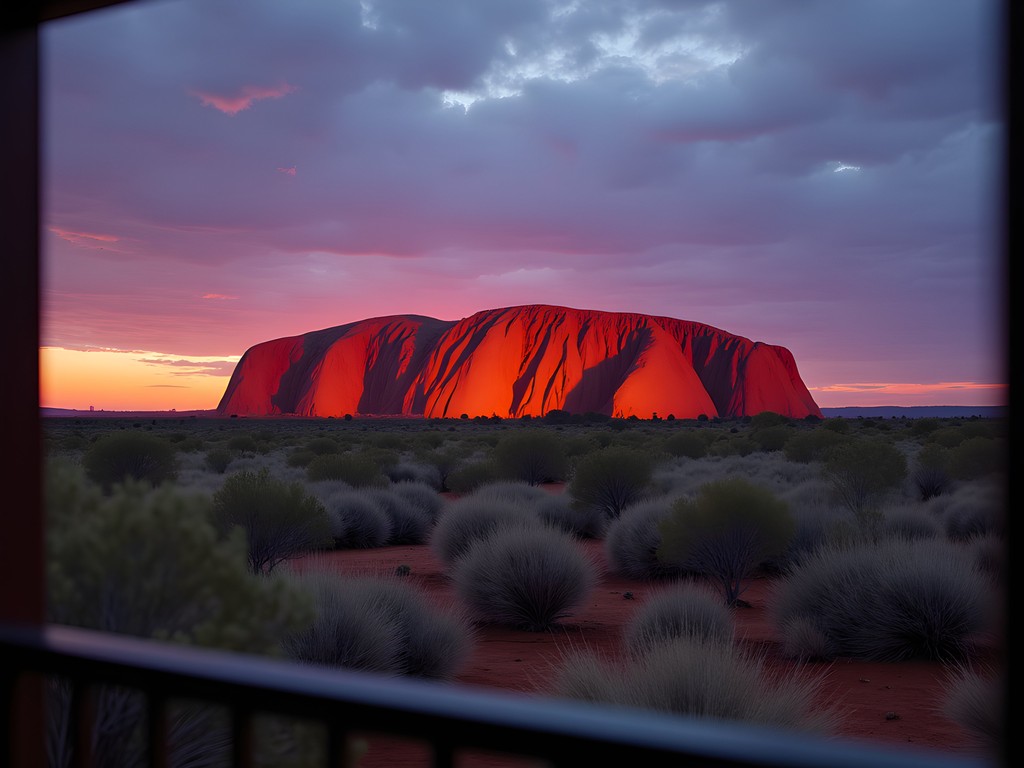
💡 Pro Tips
- Book accommodation at least 3 months in advance, especially during the popular May-September season
- Consider renting a car in Alice Springs for greater flexibility in exploring the region
- Download offline maps and essential apps before arrival as mobile coverage can be spotty
Respecting the Sacred: Cultural Considerations at Uluru
My background in environmental science has taught me that ecological conservation and cultural preservation are inseparable, nowhere more evident than at Uluru. Before visiting, I learned that the Anangu people, the traditional owners of Uluru-Kata Tjuta National Park, consider many sites around the monolith sacred.
The most significant cultural shift in recent years was the 2019 climbing ban. As someone who once climbed mountains across Europe in my younger days, I understood the desire to conquer peaks. However, learning that the traditional route up Uluru was a sacred ceremonial path for the Anangu changed my perspective entirely. The climb's closure represents a pivotal moment in Australia's reconciliation journey and the growing respect for Indigenous knowledge systems.
Instead of climbing, I immersed myself in the Anangu-guided experiences. The Mala Walk with an Indigenous guide revealed creation stories connected to specific rock formations that I would have otherwise missed. These narratives aren't mere legends—they contain sophisticated ecological knowledge passed through generations.
Photography requires particular sensitivity. Certain areas around Uluru are considered so sacred that photography is prohibited, clearly marked with signs showing a camera with a red slash. I used my travel journal to sketch and document these areas instead, which deepened my connection to the place in unexpected ways.
Perhaps most importantly, I learned to listen more than I spoke. The Western scientific perspective I've been trained in is just one way of understanding our world. At Uluru, taking time to hear Indigenous perspectives on land management and spiritual connection provided insights that no textbook could offer.
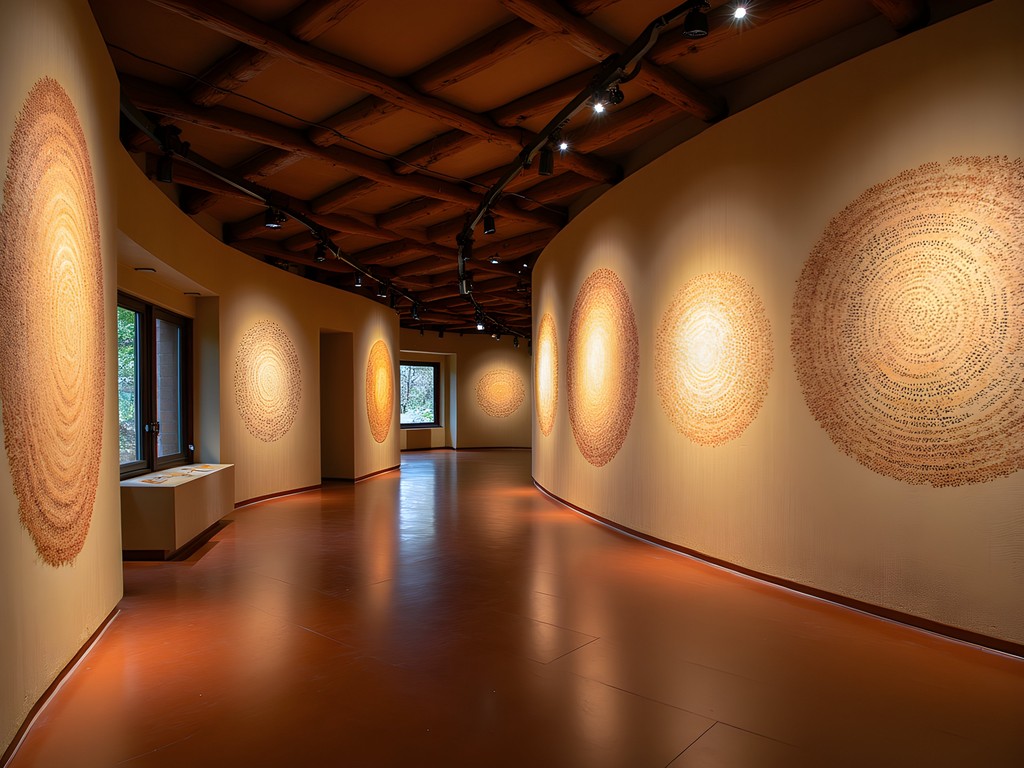
💡 Pro Tips
- Visit the Cultural Centre first to understand appropriate behavior and restricted areas
- Book an Indigenous-guided tour for authentic cultural insights rather than relying solely on general tours
- Learn a few Pitjantjatjara words as a sign of respect (like 'palya' for hello)
Dawn Patrol: The Scientific Wonder of Sunrise at Uluru
As an environmental scientist, I've witnessed countless natural phenomena, but Uluru at sunrise ranks among the most spectacular. Setting my alarm for 4:30 AM was no hardship knowing what awaited me at the designated sunrise viewing area.
I arrived well before dawn, equipped with my travel tripod to capture time-lapse images of the color transformation. What many visitors don't realize is that the pre-dawn experience is as remarkable as the sunrise itself. In that deep blue twilight, Uluru appears as a massive shadow—almost two-dimensional against the star-filled sky. The Milky Way arching overhead reminded me of similar dark sky experiences in America's national parks, though the southern hemisphere's celestial canvas features constellations unfamiliar to my northern-trained eyes.
As a scientist, I find the optical phenomenon that occurs at sunrise fascinating. The rock's high iron content oxidizes on the surface, creating the distinctive red color that intensifies as sunlight hits it. The transformation from deep purple to burnt orange to vibrant red occurs in measurable stages that correspond precisely to the sun's position on the horizon.
While most tourists cluster at the main viewing area, my solo status allowed me to seek a slightly different vantage point. By walking just 200 meters east along the viewing platform, I found a spot where the morning light caught a series of undulations on Uluru's surface that created dramatic shadow play.
The morning silence was profound until broken by the distinct calls of fairy wrens and honeyeaters beginning their day. Having studied ecosystems across continents, I was struck by how the desert, seemingly barren from a distance, teems with life adapted to these harsh conditions—a testament to evolutionary resilience.

💡 Pro Tips
- Arrive at least 45 minutes before official sunrise time to witness the entire color transformation
- Bring layers as desert mornings can be surprisingly cold, even in summer
- Position yourself away from the main crowd for better photography and a more contemplative experience
Solo Exploration: Beyond the Beaten Path
While Uluru rightfully commands attention, solo travelers have a distinct advantage in exploring the less-visited wonders of the Red Centre. With my background in environmental research, I was drawn to the region's unique ecosystems as much as its iconic landmarks.
Kata Tjuta (The Olgas), just 40km from Uluru, consists of 36 dome-shaped rock formations that are geologically distinct from Uluru yet equally captivating. The Valley of the Winds walk became my personal favorite—a 7.4km circuit that winds between these massive conglomerate domes. Starting early allowed me to avoid both crowds and heat, and the intermediate difficulty level provided a satisfying challenge without requiring technical hiking skills.
For solo travelers concerned about safety on remote trails, I recommend the satellite messenger. Cell service is unreliable throughout the region, and this compact device provided peace of mind during my explorations off the main tourist routes.
Watarrka National Park (Kings Canyon), though requiring a 3-hour drive from Uluru, rewards the journey with its spectacular 6km Rim Walk. I spent a night at Kings Canyon Resort to fully experience the area, including a guided stargazing session that connected Aboriginal astronomical knowledge with my scientific understanding of celestial mechanics.
As a scientist accustomed to collecting field samples, I've developed the habit of collecting metaphorical samples through my camera lens. The diverse microclimates within the Red Centre's gorges and waterholes support plant species that have adapted remarkably to these harsh conditions. At the Garden of Eden waterhole in Kings Canyon, I spent an hour photographing ancient cycads that have remained virtually unchanged for millions of years—living fossils that predate the dinosaurs.
For those interested in geology, the lesser-known Rainbow Valley Conservation Reserve showcases stunning sandstone formations with colored bands that tell the story of Earth's ancient past. Visiting late afternoon, I had the place entirely to myself—a rare privilege in today's overtouristed world.
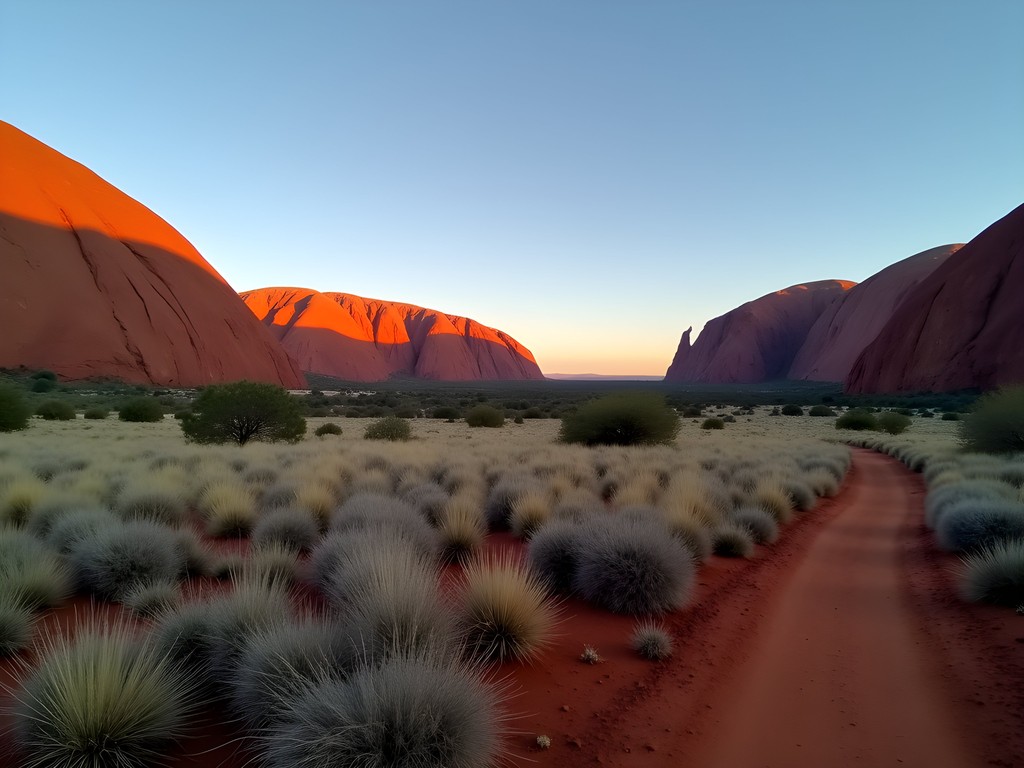
💡 Pro Tips
- Register your hike plans with park authorities when venturing on longer trails
- Carry at least 3 liters of water per person, even for shorter walks
- Consider hiring a 4WD vehicle to access more remote locations like Rainbow Valley
Night Skies and Ancient Stories: Astronomical Wonders
Growing up in Belfast, where cloudy nights are the norm, I developed a fascination with clear night skies during my scientific career. The Red Centre offers one of Earth's premier astronomical experiences, combining minimal light pollution with dry desert air—perfect conditions for stargazing.
I signed up for the 'Astronomy of the Anangu' tour, where telescopes are set up in the desert darkness while guides explain both Western astronomical science and Aboriginal celestial stories. The Anangu don't just see constellations as we do in Western traditions; they recognize the dark spaces between stars as forming shapes—a perspective that completely reoriented my understanding of the night sky.
For solo travelers wanting to capture these celestial wonders, I recommend a night photography lens. The wide aperture allows for shorter exposures, capturing more stars with less trailing. During my visit, I photographed the Southern Cross and the Large and Small Magellanic Clouds—satellite galaxies visible only from the Southern Hemisphere.
What fascinated me most was learning how the Anangu used astronomical observations for practical purposes. Certain star positions indicated when particular food sources would be available or when to expect weather changes—a sophisticated calendar system developed over thousands of years.
For those interested in astrophotography, the Field of Light installation by artist Bruce Munro offers a unique opportunity. This art installation of 50,000 solar-powered stemmed lights illuminates the desert floor near Uluru. Photographing this human-made constellation with the real stars above creates a compelling juxtaposition of ancient and modern.
One evening, I simply laid my camping mat on the ground near my accommodation and spent hours watching satellites and meteors cross the sky. In our increasingly connected world, these moments of solitude under the stars offered a rare opportunity to contemplate our place in the universe—something both scientists and spiritual seekers have done at Uluru for generations.

💡 Pro Tips
- Book astronomical tours during the new moon phase for optimal star visibility
- Bring a red-light headlamp to preserve your night vision while moving around in the dark
- Allow 20 minutes for your eyes to fully adapt to darkness before serious stargazing
The Solo Traveler's Spiritual Journey
My scientific background might suggest a purely analytical approach to travel, but Uluru challenged me to embrace both empirical observation and emotional experience. Solo travel amplifies this duality, creating space for personal reflection that group tours rarely allow.
Each morning, I began with a simple ritual: watching the sunrise from a different location, then finding a quiet spot to sit with my travel meditation cushion for 20 minutes of mindfulness practice. This combination of natural beauty and intentional stillness created what psychologists call 'peak experiences'—moments of profound connection and clarity.
The concept of 'Dadirri' (deep listening) from Aboriginal tradition particularly resonated with me. It involves quiet, still awareness and waiting—a practice not unlike scientific observation but with spiritual dimensions. As an environmental scientist, I've spent countless hours observing ecosystems, but at Uluru, I learned to listen to the landscape in a new way.
For solo travelers seeking similar experiences, I recommend the Kuniya Walk to Mutitjulu Waterhole. This short walk leads to a permanent waterhole at the base of Uluru where, according to Anangu stories, the Kuniya python woman fought the Liru snake man. Sitting beside this waterhole early morning, I watched desert birds come to drink while Aboriginal rock art above told stories thousands of years old—a convergence of natural history and human history that felt profoundly moving.
My scientific mind notes that feelings of awe and transcendence trigger measurable neurochemical responses—increased dopamine, reduced stress hormones. But the experience itself transcends this clinical explanation. Many solo travelers I met spoke of similar feelings, regardless of their religious or cultural backgrounds.
This intersection of the scientific and spiritual isn't unique to Uluru, but few places manifest it so powerfully. For the solo traveler willing to slow down and truly engage with this landscape, Uluru offers not just a destination but a transformation.
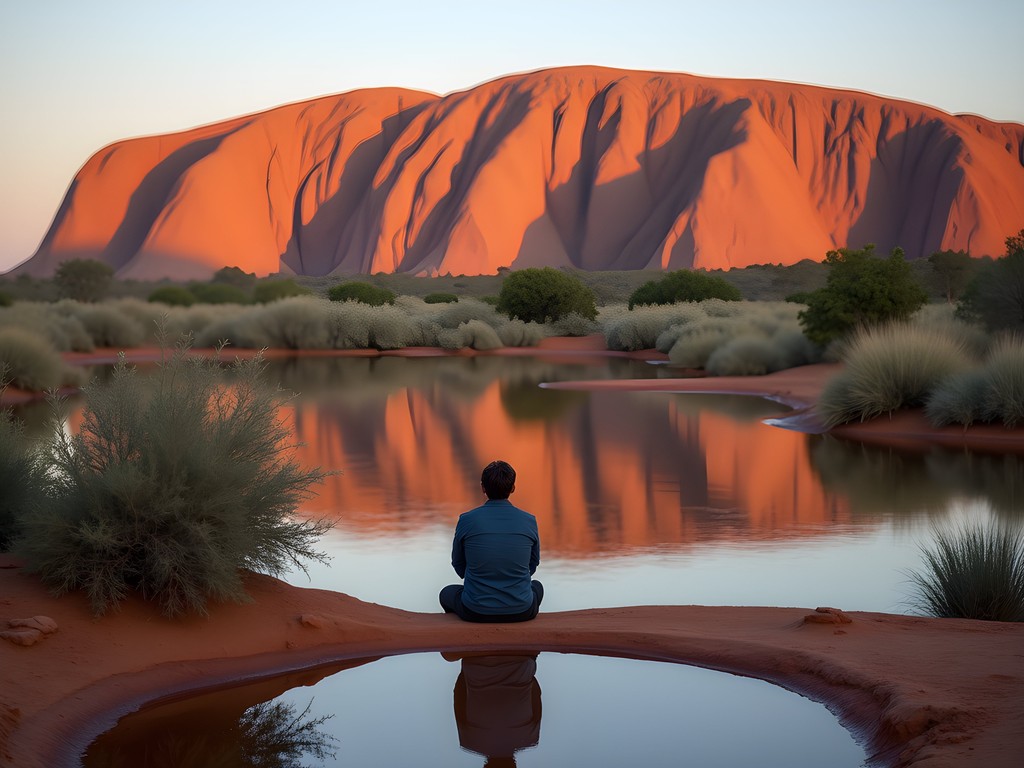
💡 Pro Tips
- Schedule at least one full day with no planned activities—just for wandering and reflecting
- Participate in the free ranger-guided Mala Walk for insights into both natural and cultural history
- Consider a digital detox during your visit to fully engage with the experience
Final Thoughts
As my week in the Red Centre drew to a close, I found myself changed in subtle but meaningful ways. Uluru offers solo travelers a rare combination of natural wonder, cultural depth, and spiritual potential that few destinations can match. The environmental scientist in me marvels at the geological processes that created this monolith and the complex desert ecosystem surrounding it. Yet beyond these empirical observations, Uluru imparts something more profound—a reminder of our brief presence in an ancient landscape. Whether you come seeking adventure, knowledge, or spiritual connection, the journey to Uluru rewards the solo traveler willing to listen deeply to both the land and its traditional custodians. As you plan your own pilgrimage to Australia's heart, remember that the true value lies not just in seeing this iconic landmark, but in allowing yourself to be seen by it—to be measured against time immemorial and to find your place in the continuing story of this sacred space.
✨ Key Takeaways
- Respect for Indigenous culture transforms a tourist visit into a meaningful cultural exchange
- Solo travel at Uluru offers unique opportunities for personal reflection and spiritual connection
- The scientific and spiritual aspects of Uluru complement rather than contradict each other
- Dawn and dusk provide the most magical experiences both visually and emotionally
📋 Practical Information
Best Time to Visit
May to September (Australian winter/spring)
Budget Estimate
$1,500-2,500 AUD for one week excluding international flights
Recommended Duration
5-7 days
Difficulty Level
Moderate
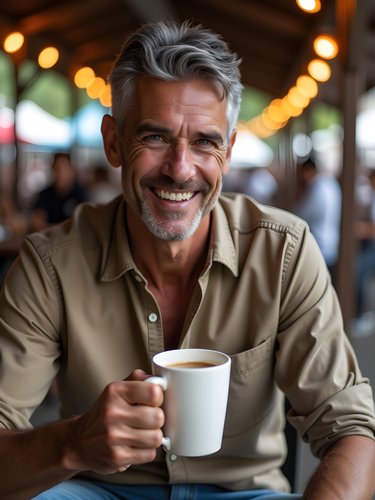
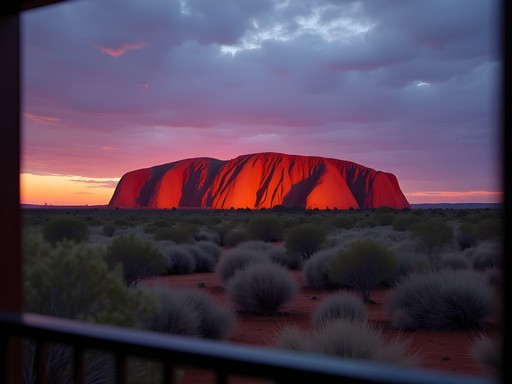


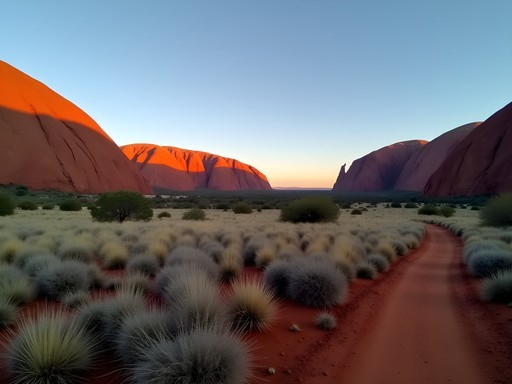

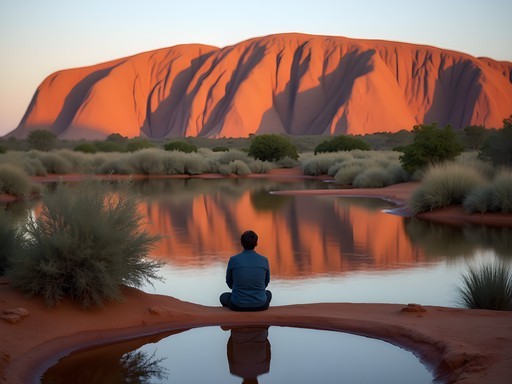


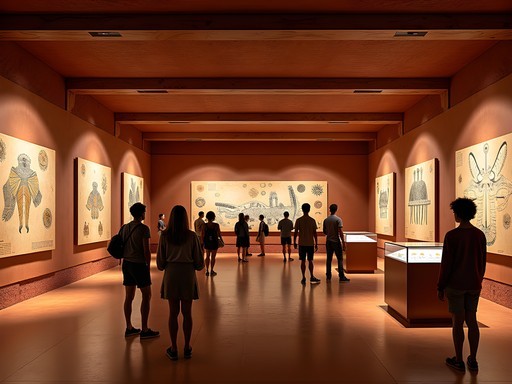
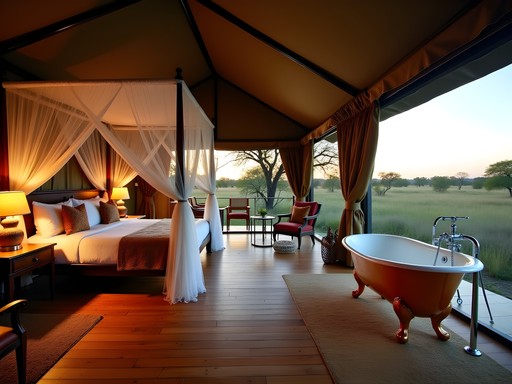
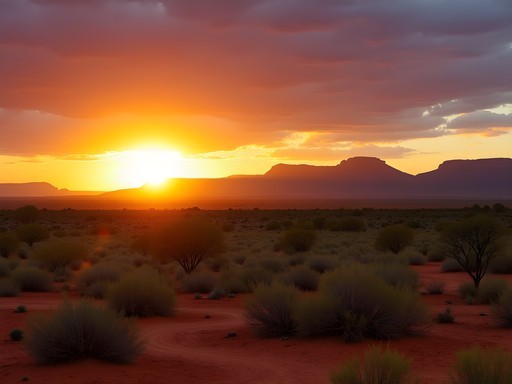





Comments
Nicole Russell
Ryan, this guide is exactly what I needed before my solo trip to Uluru last year! Your section on 'Respecting the Sacred' should be required reading for anyone visiting. I ended up staying 3 nights instead of the planned 2 because I couldn't get enough of those color changes at sunrise and sunset. One tip I'd add for solo travelers: the Sounds of Silence dinner experience is actually great for meeting other travelers! I was hesitant to book it since it's pricey, but ended up making friends with a group from Germany who I later traveled with to Alice Springs. Also, the night sky there is UNBELIEVABLE for stargazing - some of the clearest views of the Milky Way I've ever seen.
sunsetqueen
Going there next month as a solo female traveler. Any safety tips specific to women? Also curious about the best time to visit Kata Tjuta since Ryan mainly focused on Uluru itself.
Nicole Russell
I felt super safe there as a solo female! The tourist areas are well monitored. For Kata Tjuta, definitely do the Valley of the Winds walk early morning (before 10am) to avoid the heat. It's less crowded than Uluru and just as magical in its own way. Bring LOTS of water!
sunsetqueen
Thanks so much! Early morning it is then. Can't wait!
travelclimber9174
This post hits different! I visited Uluru solo last year and it really is a spiritual experience that's hard to put into words. That sunrise view literally brought tears to my eyes. Ryan's tip about going beyond the main viewing platforms was spot on - I found this little secluded spot away from the crowds and just sat there for almost an hour taking it all in. Definitely agree about respecting the cultural significance too. Some tourists were climbing all over areas clearly marked as sacred which was disappointing to see.
Nicole Russell
I know exactly what you mean about finding those quiet spots! When I visited, I brought my compact binoculars which made a huge difference for spotting wildlife at dawn. Did you do any of the guided walks with Indigenous guides?
travelclimber9174
Yes! The Mala Walk with an Indigenous guide was incredible - learned so much about the dreamtime stories. Totally worth the extra cost!
globeone
Did you find it expensive to stay in the area? I've heard the accommodation options are limited and pricey. Any tips for budget-conscious travelers?
islandguy
Not OP but I stayed at the campground which was way more affordable than the hotels. You'll still pay more than other camping spots in Australia but the experience is worth it!
Timothy Jenkins
Excellent guide, Ryan. Having visited Uluru multiple times for my cultural travel series, I particularly appreciate how you've balanced the scientific perspective with cultural respect. One tip I'd add for solo travelers: consider joining one of the Aboriginal-led cultural tours. They provide insights you simply cannot get otherwise, and the money goes directly to supporting indigenous communities. The night sky tours are also phenomenal - I've photographed star trails over Uluru and it's one of my most treasured images. For those worried about costs, camping is a brilliant option that puts you right in the heart of the landscape. The silence of the desert at night is something you'll never forget.
sunsetmaster
Timothy - which Aboriginal tour company would you recommend? I'm heading back next year and want to do this.
Timothy Jenkins
I had an excellent experience with Anangu Tours - they're owned by the traditional owners and the guides share stories that have been passed down for generations. Book well in advance though!
springninja
The part about respecting the cultural significance was really important. Too many tourists still try to climb it despite the ban.
Sarah Powell
Absolutely agree. The climbing ban was one of the best decisions made for Uluru. There are so many respectful ways to experience its power without climbing.
dreamchamp
OMG RYAN!!! I literally just got back from Uluru last week and your post captures EVERYTHING I felt but couldn't put into words! That moment you described about standing there for the first time - I literally cried (not even exaggerating). I was so nervous about traveling solo but it ended up being the most meaningful trip I've ever taken. The Valley of the Winds walk at Kata Tjuta was my absolute favorite. Did anyone else feel like they came back a different person? Because I totally did!
backpackblogger
For anyone planning a trip - don't miss the Field of Light installation if it's still running when you visit! It's pricey but TOTALLY worth seeing after sunset. Feels like you're walking through a field of stars with Uluru as the backdrop. Absolutely magical experience, especially as a solo traveler.
vacationguy
Just looked this up and wow! Adding to my list for sure.
Douglas Bradley
Ryan, your perspective as an environmental scientist adds such a fascinating layer to this post! I visited Uluru last year and was equally moved by the juxtaposition of scientific understanding and spiritual experience. One thing I'd add for solo travelers - the night sky there is absolutely phenomenal for stargazing. I spent three nights just photographing the stars over Uluru with my travel tripod. The rangers also offer some excellent astronomy talks that are perfect for solo travelers to connect with others. Did you find the solo experience enhanced your connection to the landscape compared to your group travels elsewhere?
Ryan Sanders
Thanks Douglas! You're absolutely right about the night sky - it's spectacular. And yes, being solo definitely created a different kind of experience. Without conversation, you notice the subtle sounds of the desert and can really absorb the place at your own pace. The ranger talks were a highlight for me too.
travelclimber
The stargazing sounds amazing! Did either of you do the Field of Light installation? Worth it?
Douglas Bradley
@travelclimber Absolutely worth it! It's pricey but seeing those thousands of lights with Uluru as the backdrop is unforgettable. Book ahead though - it sells out.
travelclimber
Wow, I've always wanted to visit Uluru! The spiritual journey aspect really speaks to me. Did you feel a connection to the place?
Ryan Sanders
Absolutely! There's something about standing in that landscape that words can't quite capture. The silence is profound.
travelclimber
That's exactly what I'm hoping for. Planning to go solo next year!
Venture X
Premium card with 2X miles, $300 travel credit, Priority Pass